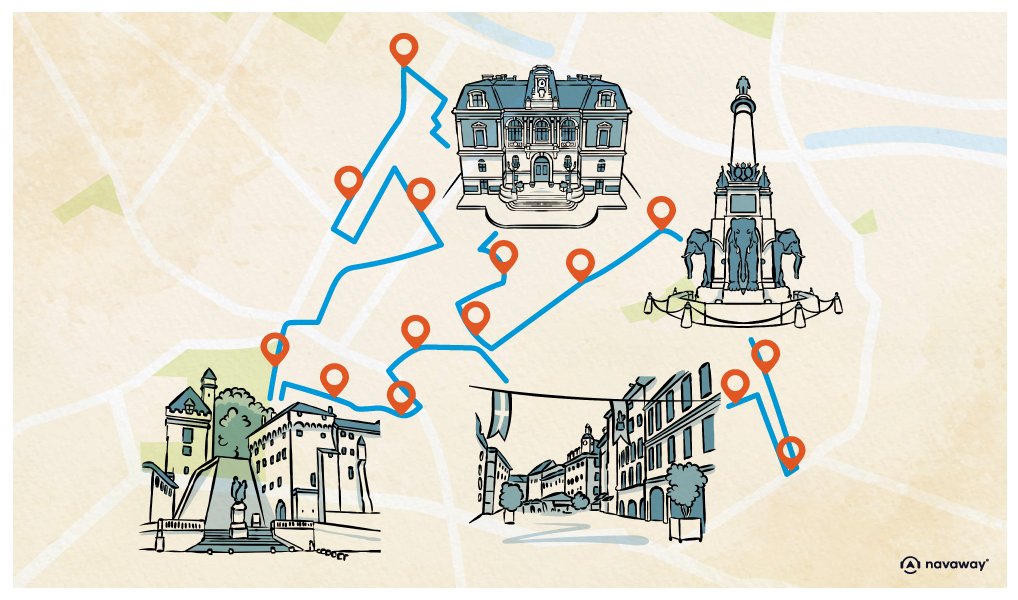
Palais de Justice
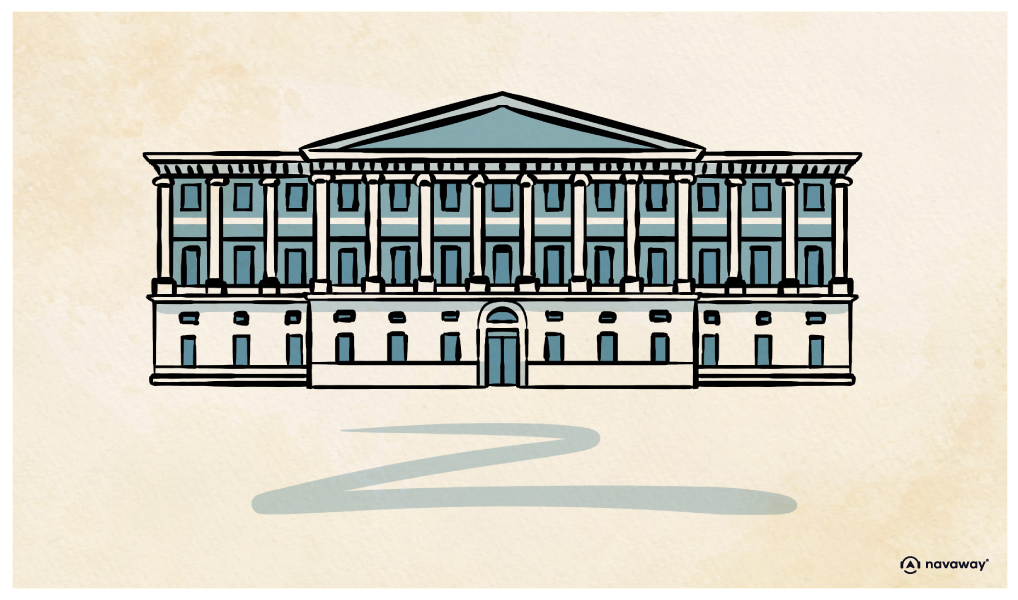
This point of interest is available as audio on the tour: Visit Chambéry, The historic capital of Savoy
Here you are in the square of the courthouse. On one side, you can see the Palace of Fine Arts, and on the other, the large palace inspired by Sardinian neoclassicism. In 1848, the government of the Kingdom of Sardinia, ruling the area decided to build a courthouse in Chambéry. The construction was completed about ten years later when Savoy was definitely attached to France. Consequently, neither the King of Sardinia, Victor-Emmanuel nor the French Emperor, Napoleon III, wanted to inaugurate it officially. The building was officially considered inaugurated on the day of the solemn installation of the first French Attorney General. In any case, the results of the plebiscite regarding the attachment of Savoy and Nice to France would be proclaimed in this solemn meeting room. A commemorative plaque still recalls that out of 137,189 voters, 136,566 were in favor. It seems that there were no debates for Savoy’s first universal suffrage. Of course, such a high score has long been criticized, and the idea of a tampered vote cannot be ruled out. Today, it is believed that with better voting conditions, the result would probably have been the same, yet with a way more believable score. But how did the idea of attachment to France originate, and since when have the people been asked for their opinion? It all begins with a secret meeting between Napoleon III and Count Cavour, a key figure in Italian unification. In essence, they made an agreement stating that if France helped Piedmont in its war against Austria, it could recover the Savoyard territories and Nice. Apparently, Napoleon thought of it as a good deal so they proceeded to the signing of the Treaty of Turin, stipulating that it would not be an annexation but a union, for which the inhabitants will be asked for their opinion. To seal the deal, Prince Napoleon Jerome married the daughter of Victor Emmanuel II, Clotilde de Savoy; one can never be too cautious. Of course, there are some people in favor and some people against this treaty. Here, the Savoyard dialect is spoken, but so is French since the 13th century, so it seems quite comfortable to join the French. Furthermore, it also meant the end of customs, less military service, etc making it easy to join the French. Those against wished to leave aside France as well as the idea of a unified Italy and leaned more towards the Swiss side. They were mainly the people of northern Savoy, who enjoyed Swiss neutrality since 1815. Anyway, in 1860, the French government rejected the idea of an independent Savoy and chose to maintain Savoyan unity, simply dividing it into two counties. Up to this day, the Savoisiens political party advocates for the independence of their region.


Discover Chambéry with app
An interactive guide through the most beautiful streets, squares, and districts
23 fun audioguides full of historical facts, anecdotes, and legends
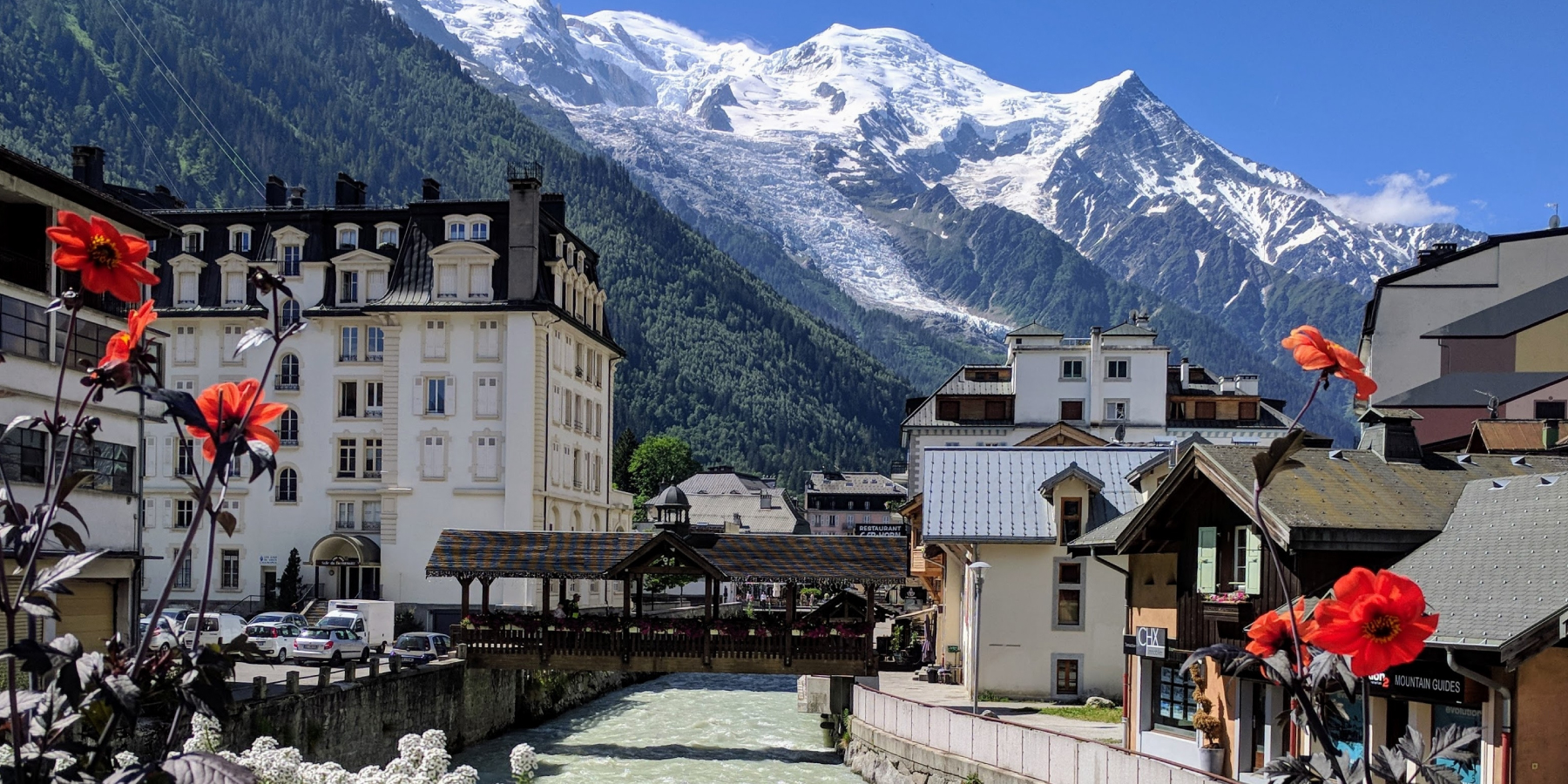
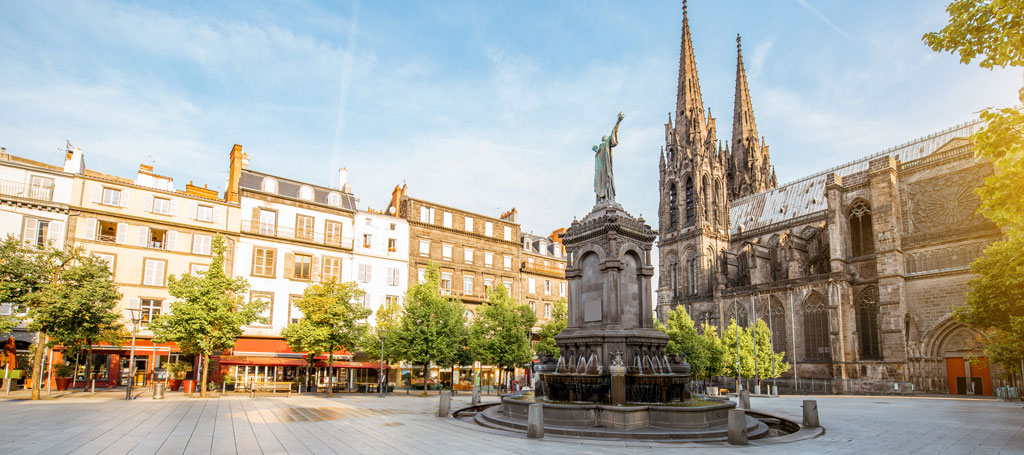
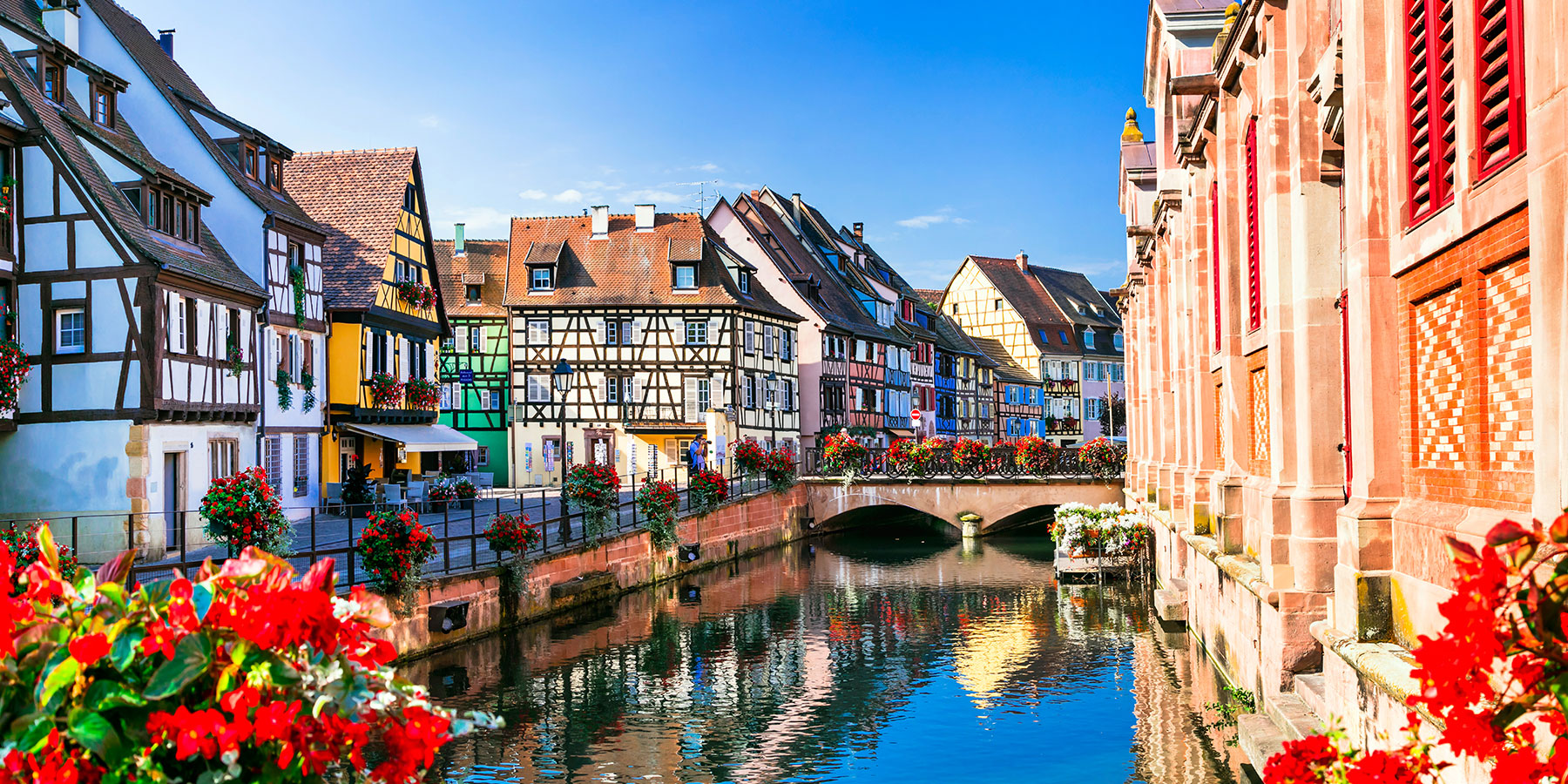


Comments